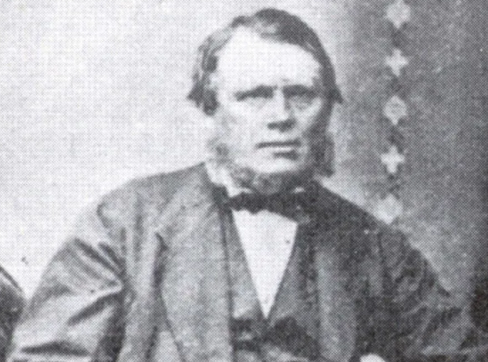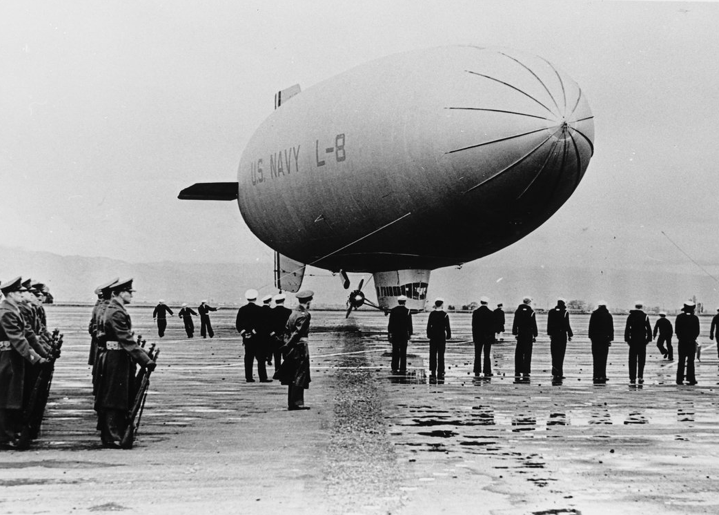Edmund Fitzgerald Shipwreck: 29 Crew Perish, Only One Body Found
The Launch of the SS Fitzgerald. Over 15,000 people were present on June 7, 1958, to see the Fitzgerald being christened and launched. The sight of the huge ship hitting the water was so frightening that it's said one person had a heart attack and died.
The SS Edmund Fitzgerald sank in Lake Superior in 1975 during a storm, resulting in the loss of all 29 crew members. The wreck, discovered at a depth of 530 feet, has yielded minimal recovery of bodies, with only one crew member ever found. The cause of the sinking remains a mystery, with one theory suggesting it was hit by three consecutive rogue waves.
The Edmund Fitzgerald and her Crew
The SS Edmund Fitzgerald was a big ship that sailed on the Great Lakes. It was longer than two football fields and could carry a lot of freight. It was often used for the transport of iron ore. The ship had a crew of 29 men who worked hard to make sure the cargo reached its destination safely.
Launched on June 7, 1958, she held the title of the biggest ship in North America's Great Lakes at the time, and she still holds the record as as the largest ship to have ever sunk in the region.
The Sinking of the SS Edmund Fitzgerald
On November 9, 1975, the ship Edmund Fitzgerald, loaded with ore pellets and led by Captain Ernest M. McSorley, started its journey from Superior, Wisconsin, heading to a steel mill near Detroit. During the trip, it joined another freighter named SS Arthur M. Anderson. The next day, both ships got caught in a severe storm on Lake Superior with strong winds and high waves.
At around 7:10 p.m., Edmund Fitzgerald sank suddenly in Canadian waters, about 17 miles from Whitefish Bay. Despite reporting difficulties earlier, no distress signals were sent before the sinking, and Captain McSorley's last message was, "We are holding our own, going along like an old shoe."
Waves as tall as three-story buildings are believed to have crashed against the ship. The crew tried their best to steer through the storm, but sadly, the ship disappeared into the cold waters. No one knows exactly what happened, but it's believed the rough weather caused the Fitzgerald to sink.
The ship sank about 17 miles away from Whitefish Point in Michigan. This area has seen at least 240 other shipwrecks. A team found the wreck four days later, using special equipment to scan the bottom of the lake at a depth of 530 feet. Strangely, none of the 29 crew members bodies could be found.
No Bodies are Found on the SS Fitzgerald
At 7:39 p.m., Captain Cooper of the Arthur M. Anderson called the US Coast Guard (USCG) in Sault Ste. Marie on the radio distress frequency, but due to communication issues, he was asked to switch to channel 12. Despite difficulties reaching the USCG, he finally got through at 7:54 p.m.
The USCG initially considered the situation serious but not urgent. At around 9:00 p.m., lacking proper rescue vessels, the USCG requested Arthur M. Anderson to turn around and look for survivors. Other commercial vessels and aircraft were also involved in the search, but despite finding debris, including lifeboats and rafts, none of the 29 crew members were located. The crew included the captain, mates, engineers, cook, and other roles, with ages ranging from 20 to 63.
One body is Later found on the SS Edmund Fitzgerald
During a 1994 expedition to the wreck of the SS Edmund Fitzgerald, divers discovered the body of a crew member for the first time. The video footage from the exploration showed the remains outside the wreck, near the bow. The crew member was found fully clothed, wearing an orange life jacket, and lying face down in the sediment.
Theories about the Sinking and Lack of Bodies on the SS Edmund Fitzgerald
In 2005, a computer simulation by NOAA and NWS analyzed weather and wave conditions during the period when the SS Edmund Fitzgerald sank. The simulation indicated high-speed winds and significant waves in Lake Superior, with the ship sinking at the eastern edge of an area with high wind and large waves. The waves, possibly reaching 46 feet, may have caused the ship to roll heavily.
The rogue wave hypothesis suggests that a group of three rogue waves, known as "three sisters," could have played a role in the sinking. Captain Cooper of the Arthur M. Anderson reported encountering two large waves, possibly followed by a third, around the time Edmund Fitzgerald sank.
The cargo-hold flooding hypothesis, proposed in a USCG Marine Casualty Report, suggests that ineffective hatch closures caused gradual flooding, leading to a fatal loss of buoyancy and stability. However, the NTSB disagreed, concluding that the ship sank suddenly from flooding of the cargo hold due to the collapse of one or more hatch covers.
The shoaling hypothesis speculates that Edmund Fitzgerald may have unknowingly struck a reef, possibly the Six Fathom Shoal, leading to structural damage and sinking. However, divers found no evidence supporting this theory.
The structural failure hypothesis suggests that an already weakened structure and modification of the ship's load line made it susceptible to stress fractures in the hull. The ship may have broken apart on the surface due to large waves.
The topside damage hypothesis proposes that damage to the ship's fence rail and vents, possibly caused by a heavy object, led to flooding and contributed to the sinking.
But where did all the bodies go? . While there's no clear answer, there are several ideas trying to explain it.
Violent Weather: One theory is that the ship faced a really strong storm that caused its sinking. Because of the powerful storm, it's possible that the bodies got carried away by the fierce waves, making it impossible to find them.
Rapid Sinking: Another thought is that the ship sank really fast. If the ship went down quickly and unexpectedly, the crew and passengers might not have had time to escape or be rescued. This could be why no bodies were found in the wreckage.
Predatory Marine Life: Some people suggest that marine creatures might be the reason for the missing bodies. In the chaos of the ship sinking, big predators like sharks or other deep-sea animals might have gotten rid of any remains swiftly, leaving nothing for recovery efforts.
Salvage Operations: There are also conspiracy theories that suggest secret salvage operations took place. According to these stories, the bodies could have been taken from the sunken ship to hide the true story or cover up any signs of wrongdoing.
Supernatural Intervention: For those interested in the supernatural, there are theories suggesting that paranormal forces played a role in the bodies disappearing. From aliens to otherworldly events, these ideas remain fascinating for people who are into paranormal stuff.
Even with all the guesses and theories, we still don't know why there are no bodies from the unfortunate ship. It remains a mystery, and people can only wonder. If new evidence is discovered or brave explorers decide to explore the deep where the SS Fitzgerald lies, maybe one day we'll find out what happened. This could bring closure to the families and friends of those who were lost at sea.
If you enjoyed learning about the sinking of the SS Edmund Fitzgerald you might be interested in other strane shipwrecks like the SS Kamloops and Old Whitey or Ghost Ship Jenny.






























